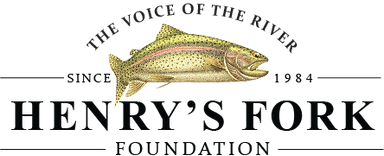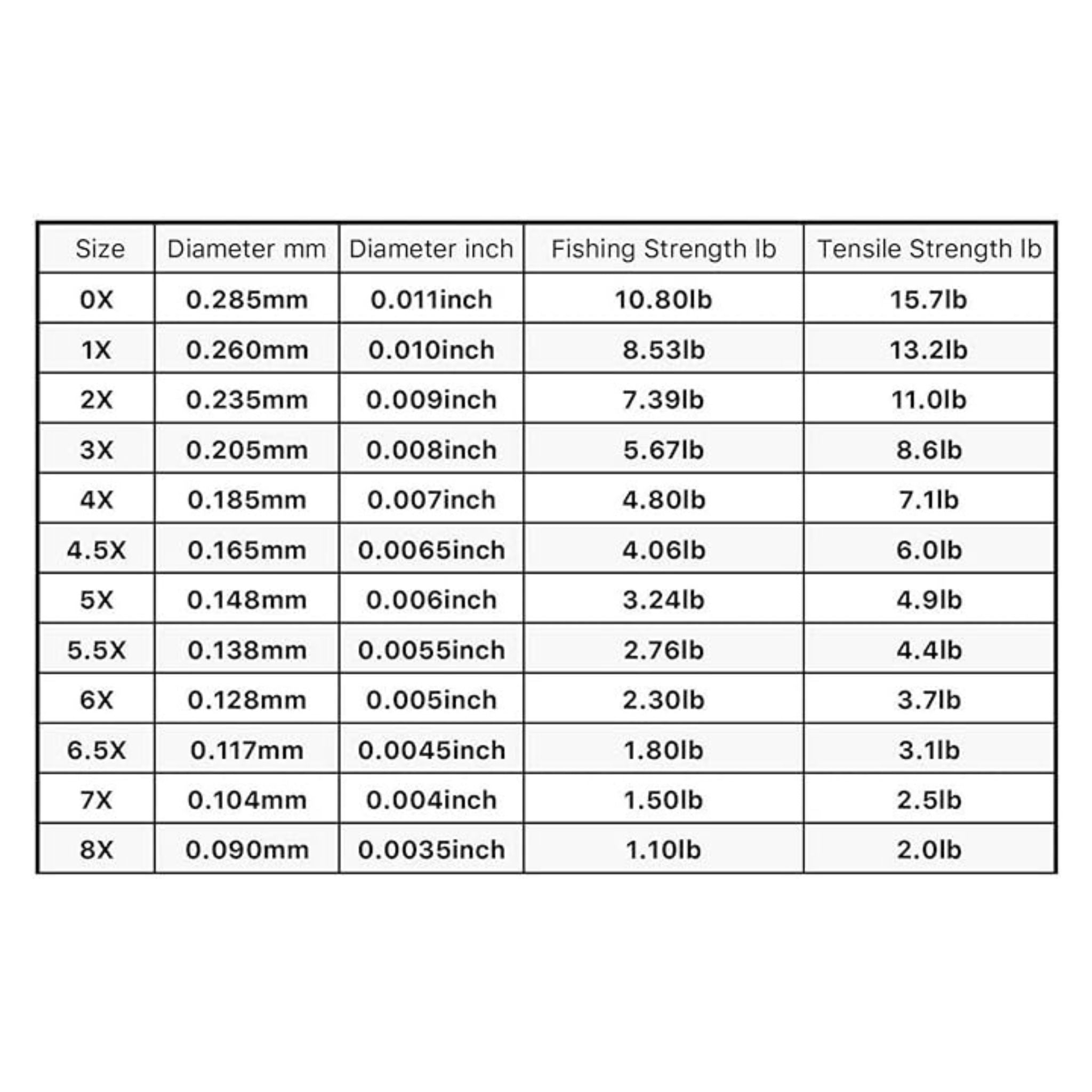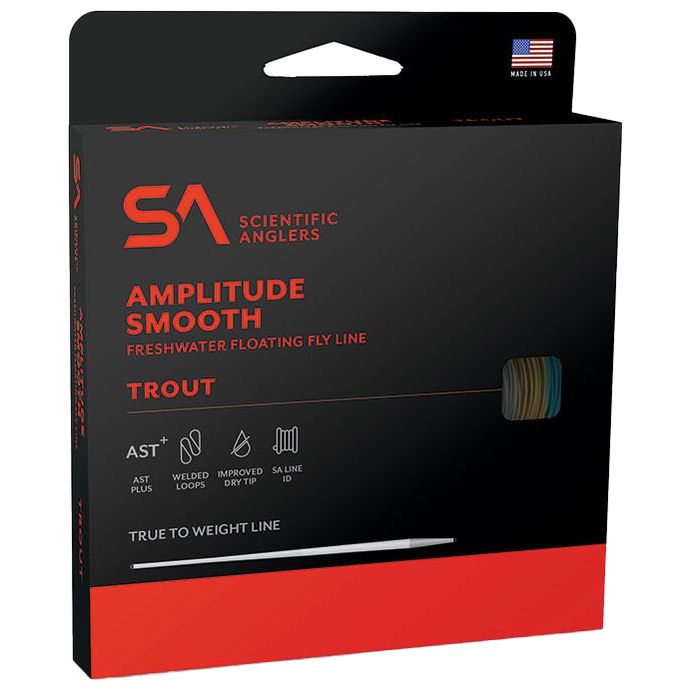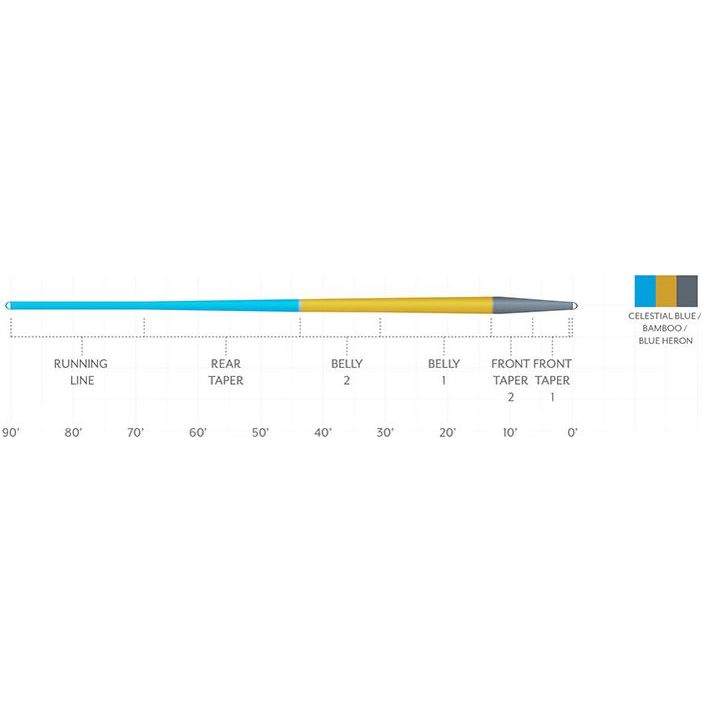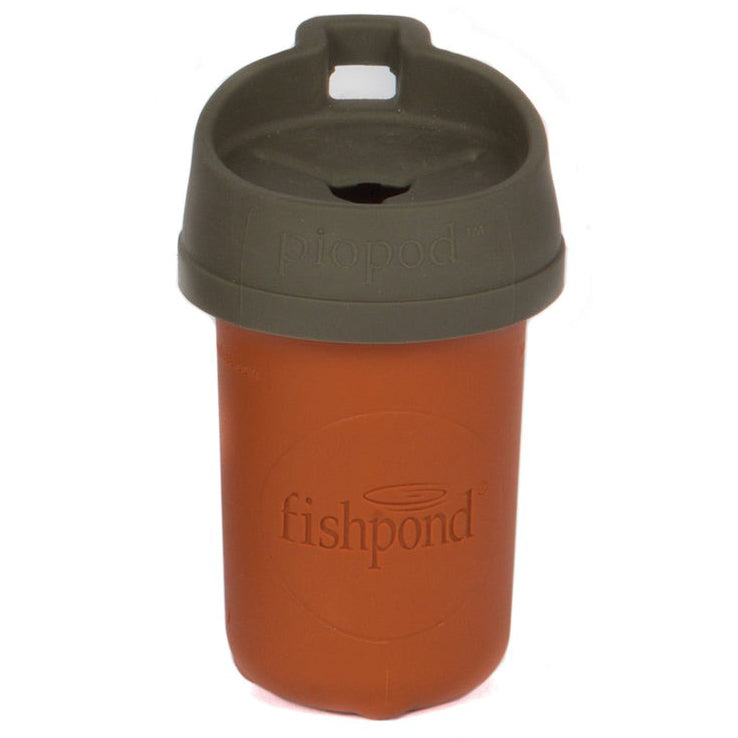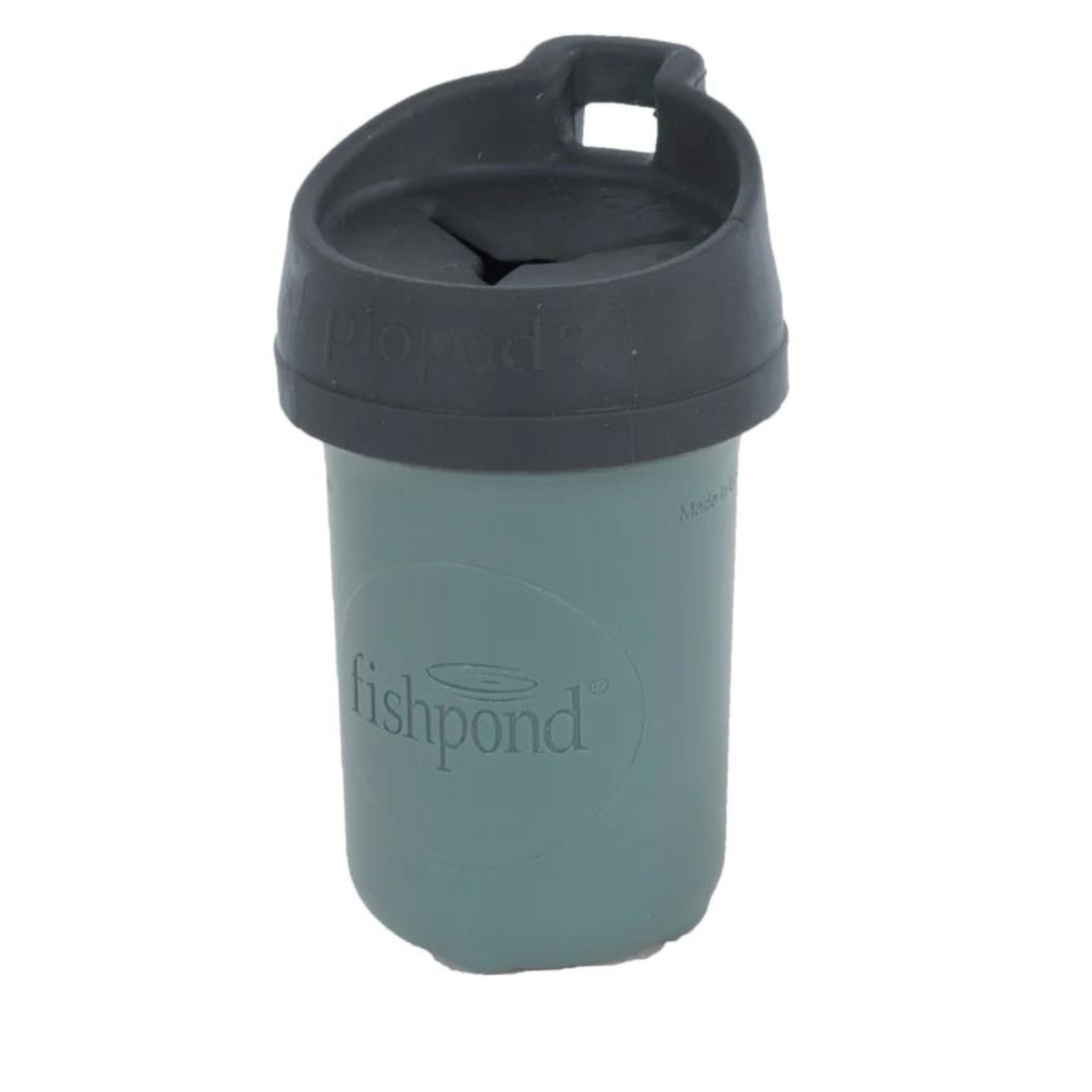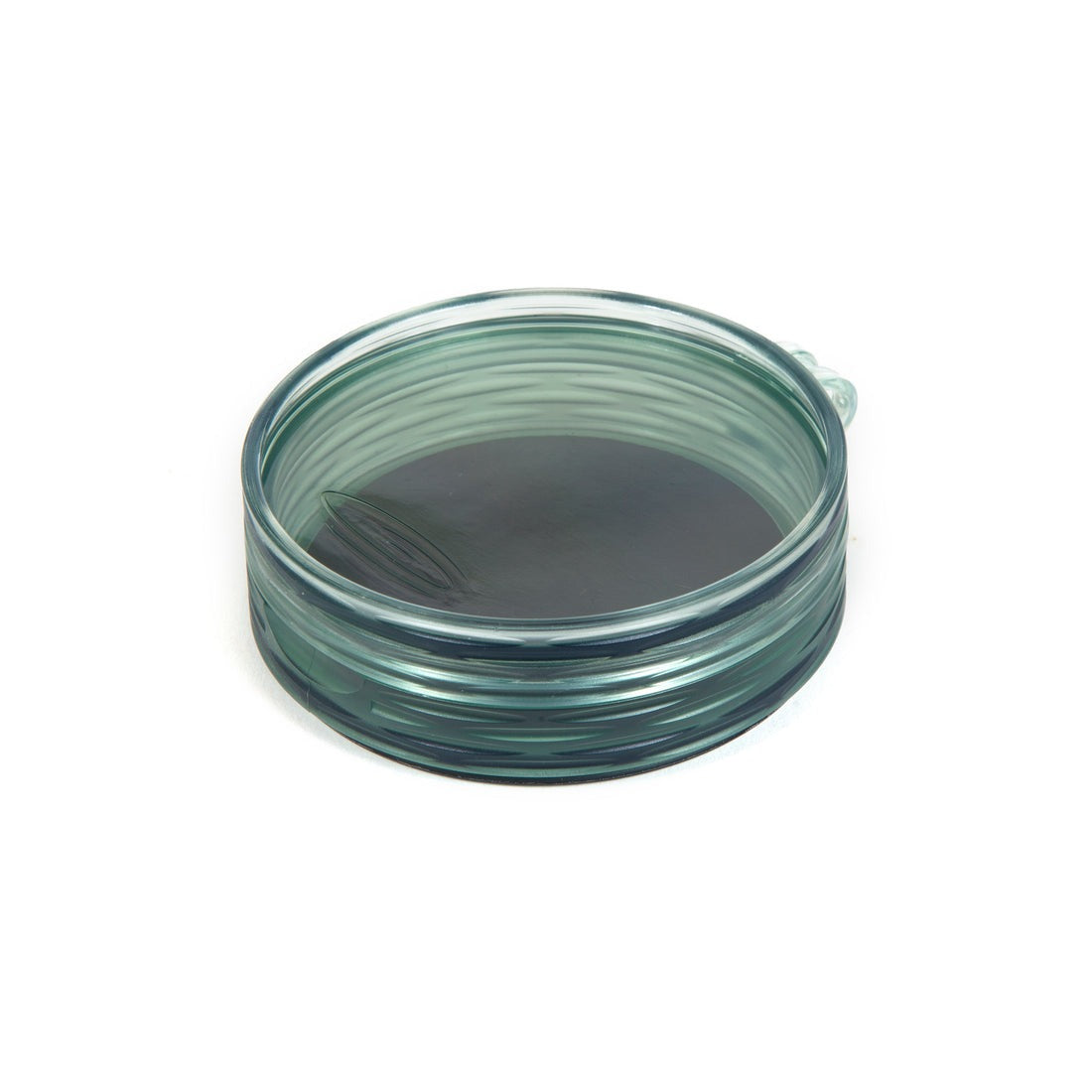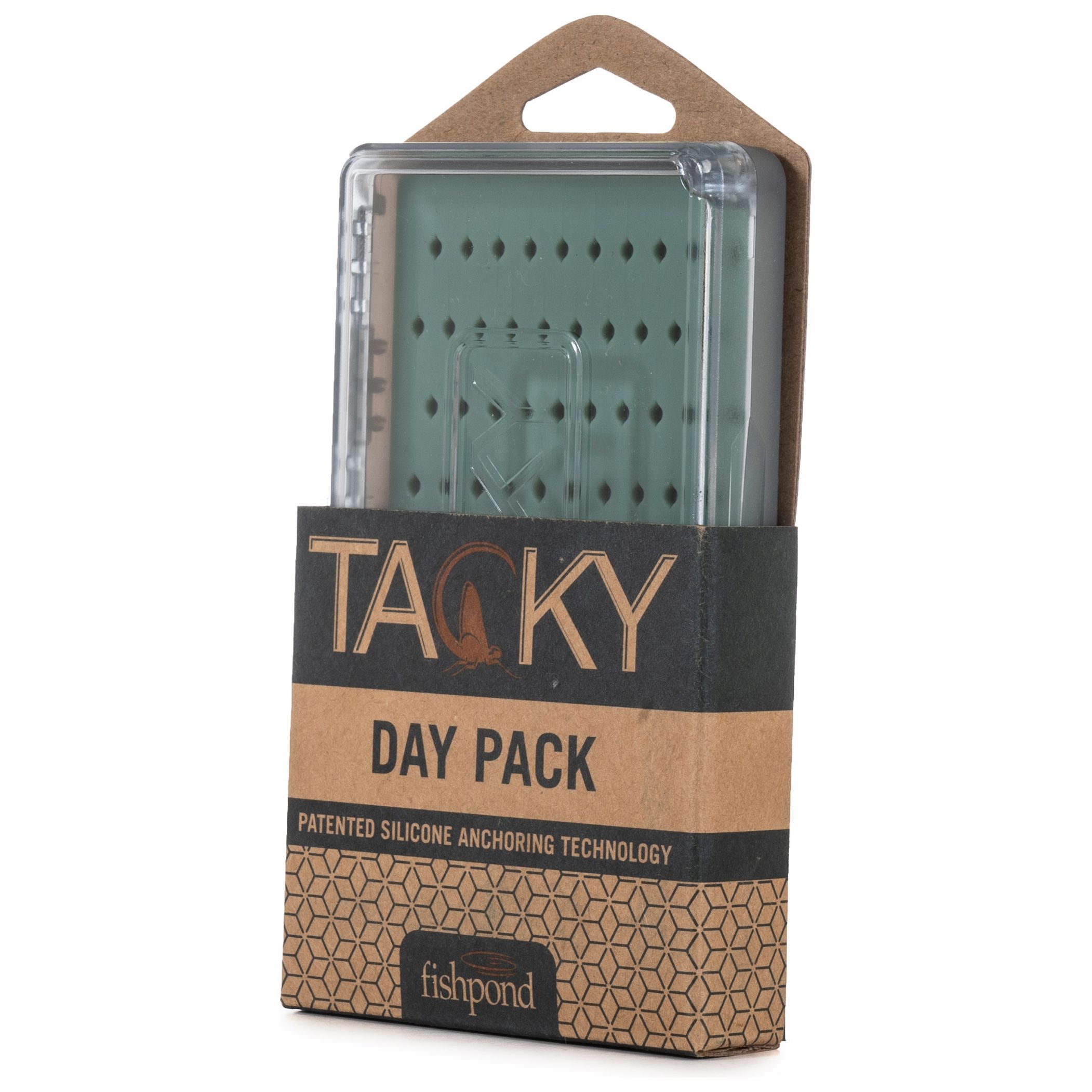Henry's Fork Report - Spring Freshet Update

Spring Freshet on the Henry’s Fork
There’s been quite a bit of banter about the Henry's Fork lately, especially surrounding “spring freshets”. A planned freshet was just executed from Island Park Dam on the Henry’s Fork, with flows increased to around 2,000 cfs for 3 consecutive days in late April of this year. There have been lots of questions about this and I thought it might be good to shed some light on what this means for the Fork and some of our other waters.
A spring freshet is a natural blast of water usually created by a quick melt of low elevation snow or during a spike of runoff in rivers that are not controlled by dams. Most of our freestone rivers experience these on all but the driest years, and they’re a necessary event which keeps streambeds clear of fine sediment that can smother aquatic insects as well as trout spawning beds. These freshets are natural and regularly occurring high water events that don’t have the destructive power of a flood but have the flushing power of a good cleaning. It has become common in the west during dry weather patterns and droughts that our tailwater and other dam-controlled fisheries do not receive this freshening blast as the waters of runoff are much needed to fill reservoirs that may not fill otherwise, keeping outflows low during this early runoff period. This can exacerbate the already growing list of the struggles of low water years.
Recent science produced by the Henry’s Fork Foundation is showing us that the lack of a spring freshet has noticeable impacts on certain hatches, notably caddis, PMDs and Green Drakes, and we’ve noticed that when we have several years in a row without freshets anglers begin to wonder what happened to the prolific hatches they remember so well from years ago?
There are immediate benefits to a spring freshet, but many of the hatch benefits are noticed in the season that follows, having a delayed effect. These freshets happen in the early spring when nymphs are at the peak of their maturity, having been growing after the last hatch of the prior summer through the winter months, so that year’s base population has already been established. The freshet cleans the gravel and makes more suitable habitat for the nymphs who will mature the following winter. In the world of fisheries, these generationally-delayed impacts are hard to follow unless one spends enough time on a piece of water throughout the season and keeps a good observation log.
Every river has a unique set of limiting factors and needs, the Henry’s Fork is one that we are really beginning to understand due to exciting work by the Henry’s Fork Foundation. Through the extensive Water Quality Monitoring System that measures flows, temperatures, turbidity, conductivity and sediment they now have real and accurate data that extends back 8 years and are beginning to see significant patterns in the data sets. A separate study, but one that has been going on for the same duration and time, is dedicated to surveying the populations of micro-invertebrates; the aquatic organisms and nymphs of the insects that make up our summer hatches. The patterns that have emerged from these data sets when the information is overlayed show excellent results in favor of an annual spring freshet for a healthy fishery for both trout and hatches. A spring freshet has now become an annual river management goal, and one that the scarcity of water in 2021 and 2022 didn’t allow to happen.
Another benefit of a spring freshet is the ability to move problem sediment that has accumulated over many years, during a catastrophic flooding event, or water management debacle. There has been an over abundance of sediment in the upper Henry’s Fork below Island Park Reservoir dating back to the events of 1992 when a major release occurred through the gates of the Island Park Dam. Some of the sediment deposits from this event have been in place for my entire guiding career of almost 30 years. Through the Water Quality Monitoring System, the Foundation has been able gather important data about how to mobilize this sediment and quantify with surprising accuracy it’s movement through the system. We are starting to chip away at some of the old sediment through a better understanding of how to manage the freshet. If it can occur before the aquatic plants and weeds begin to grow and take hold, the higher flows are strong enough to mobilize some of these old deposits and get the sediment headed towards the fast canyon water that lies downstream of the Railroad Ranch. In the 3 days of higher flows in the last days of April, ½ of the annual goal of sediment movement was reached, and 321 tons of sediment was mobilized and transported out of the upper river! The goal of all of this is to create better habitat for trout, insects and vegetation so that we anglers may enjoy better angling and better hatches!
One concern that many anglers, including myself, have had regarding the freshet is how it might affect the rainbow trout’s spawing beds, or redds, that have been recently tended and laid. Rainbows are on the spawn around here in April and May. The planned freshets on the Henry’s Fork are several day pulses of water that don’t exceed 2,000 cfs and are not strong enough to move gravel in the low gradient streambed of the upper Fork and throughout the system. They seem to have a positive effect on the spawning beds and keep the gravel clean and aerated, which is necessary for a healthy spawn.
I’m encouraged by the data that is emerging from the Water Quality Monitoring System on the Henry’s Fork. It is extensive enough throughout the river’s length to provide accurate data for making educated decisions in fisheries and fishing management, major plays in water conservation, and a real basis for understanding the complexities of the Henry’s Fork system.
To dig in deeper to spring freshets on the Henry's Fork, visit the Henry's Fork Foundation Blog for two great articles related to this spring's event.
If you enjoy fishing the Henry’s Fork or if you simply like to support organizations that are putting science to use at a high level for water conservation in the west and quality angling, I recommend joining the Henry’s Fork Foundation: www.henrysfork.org



